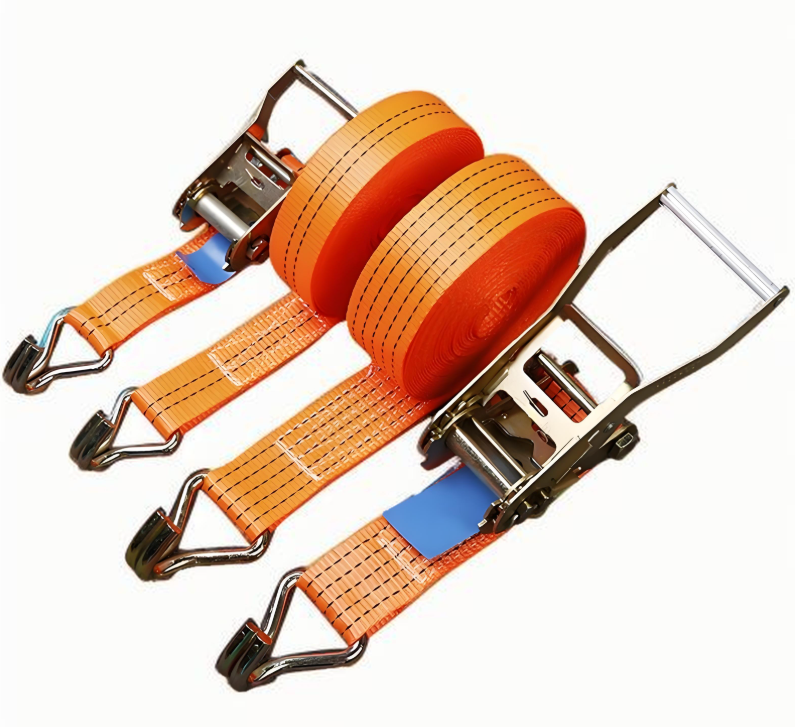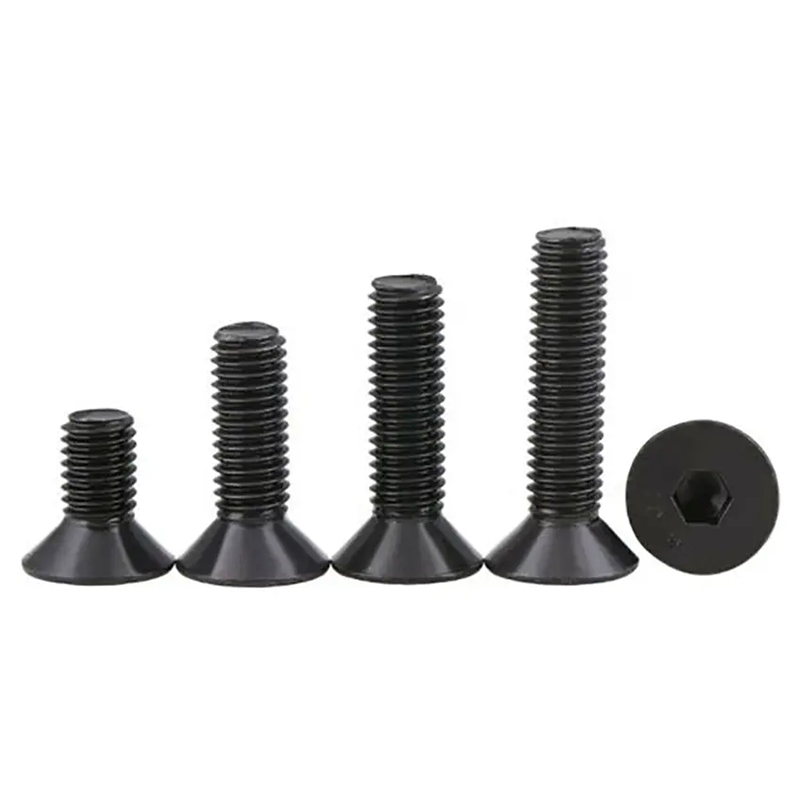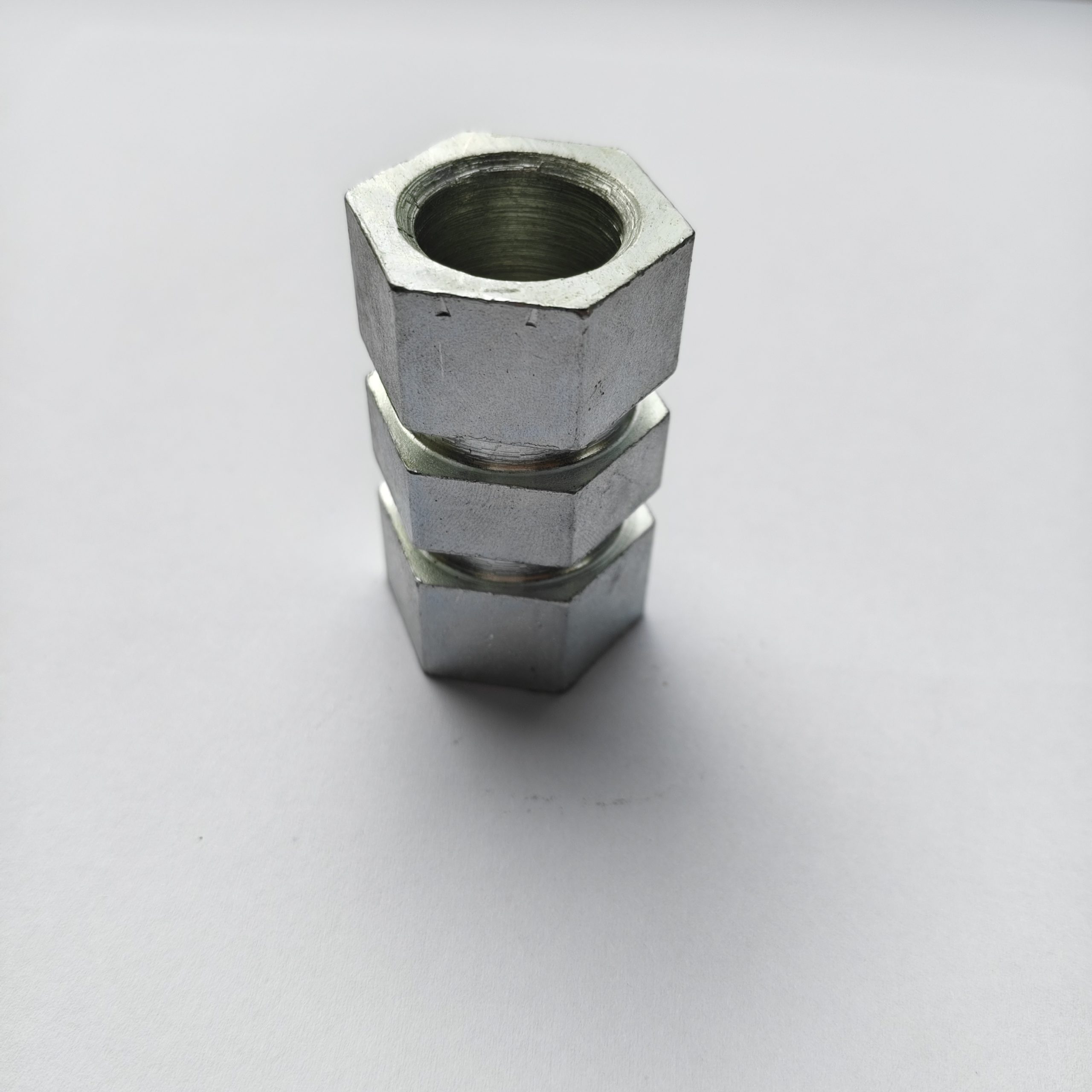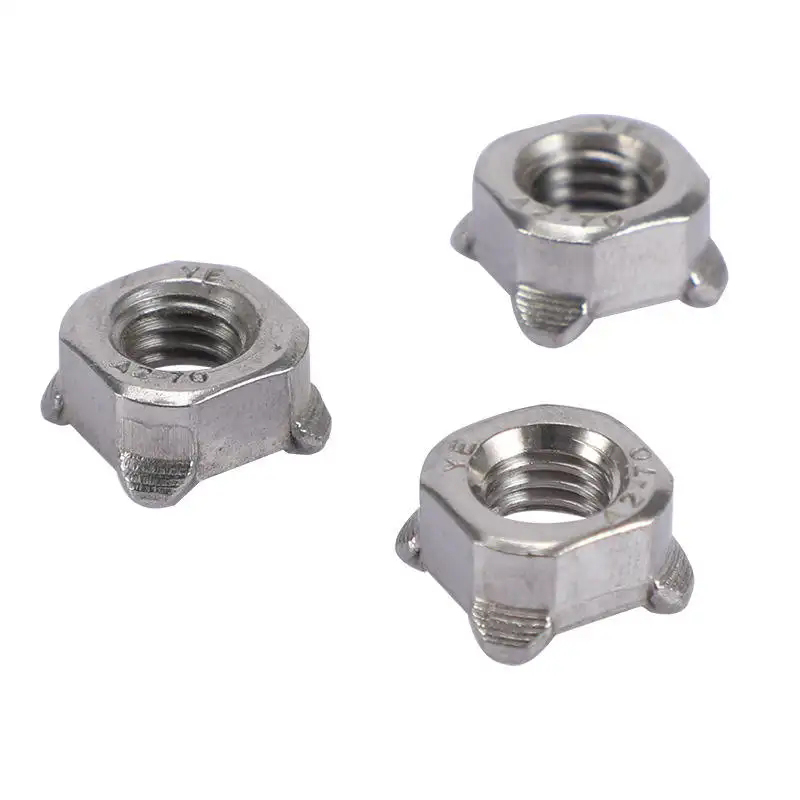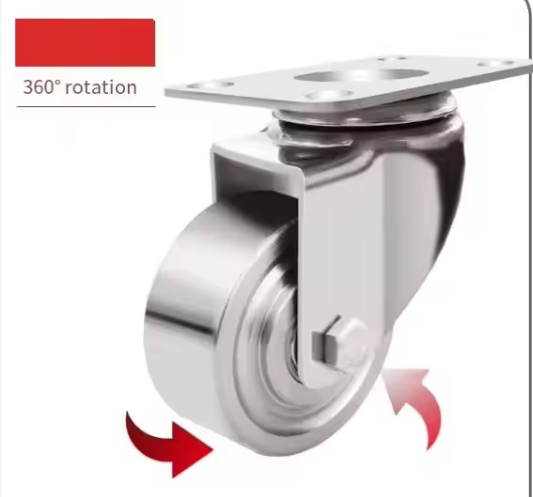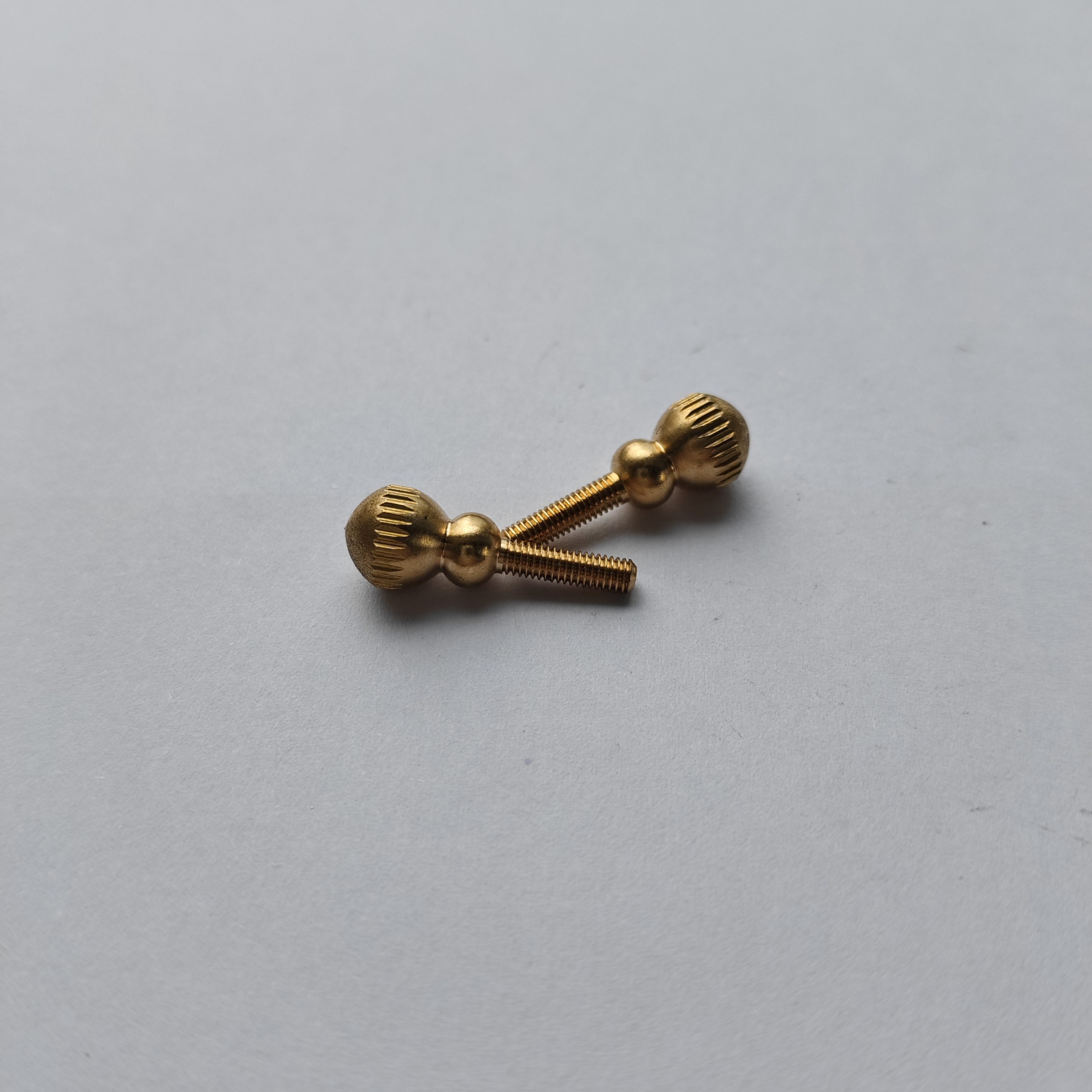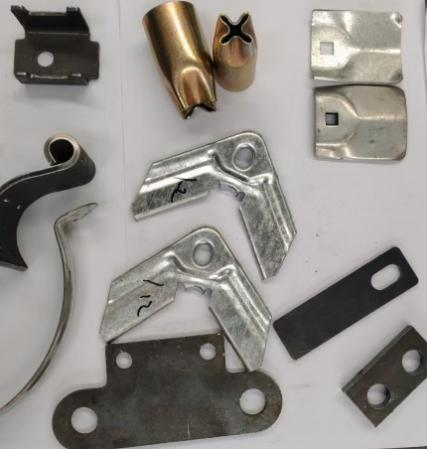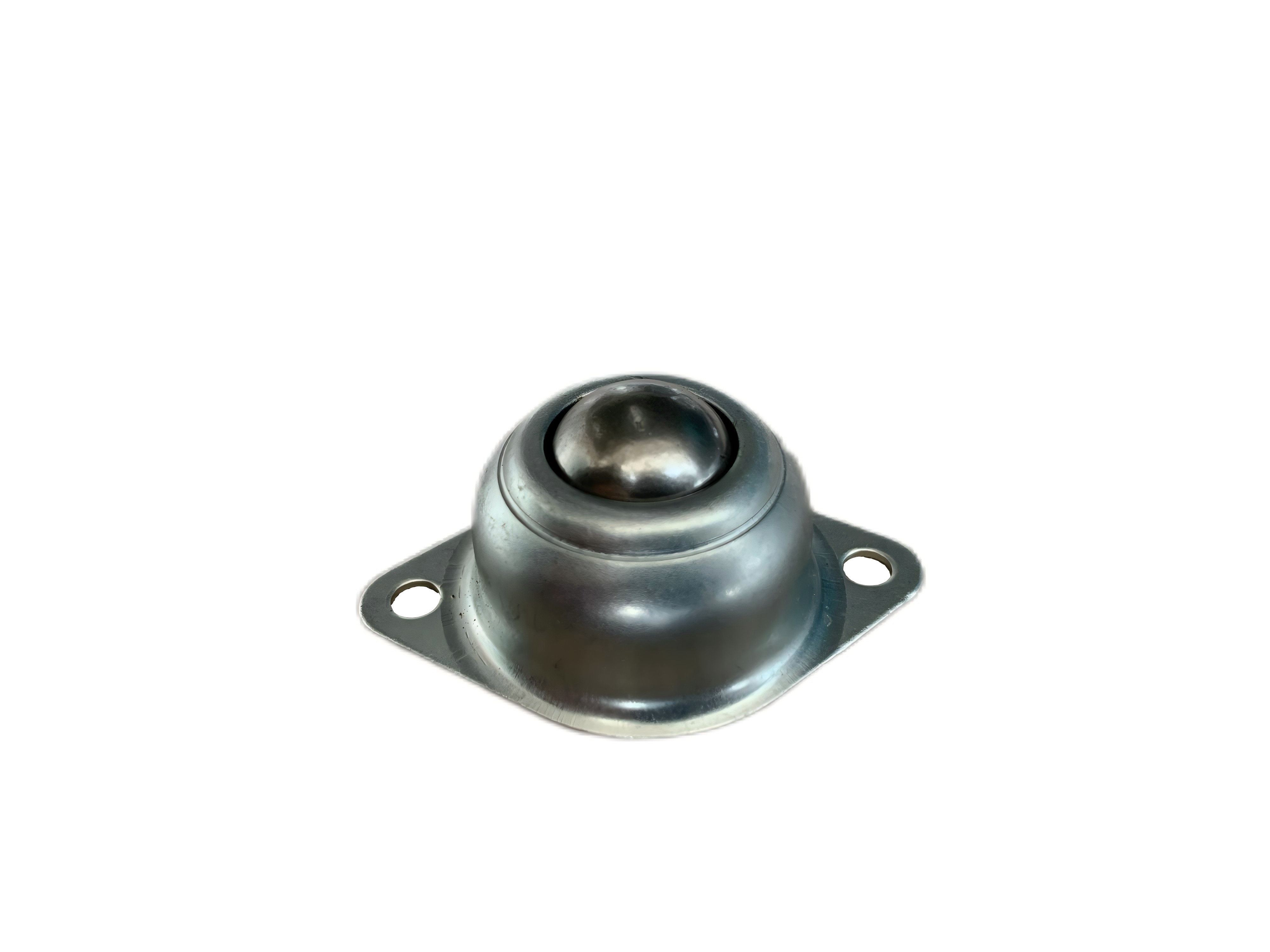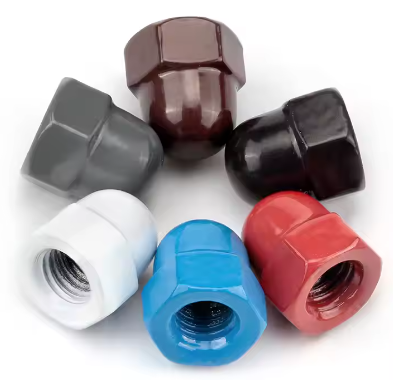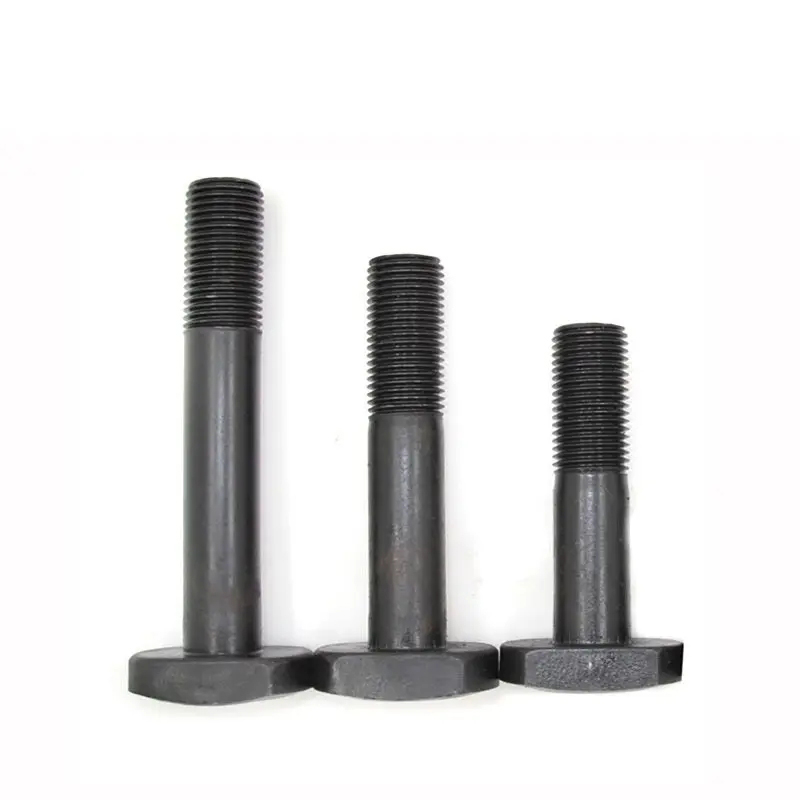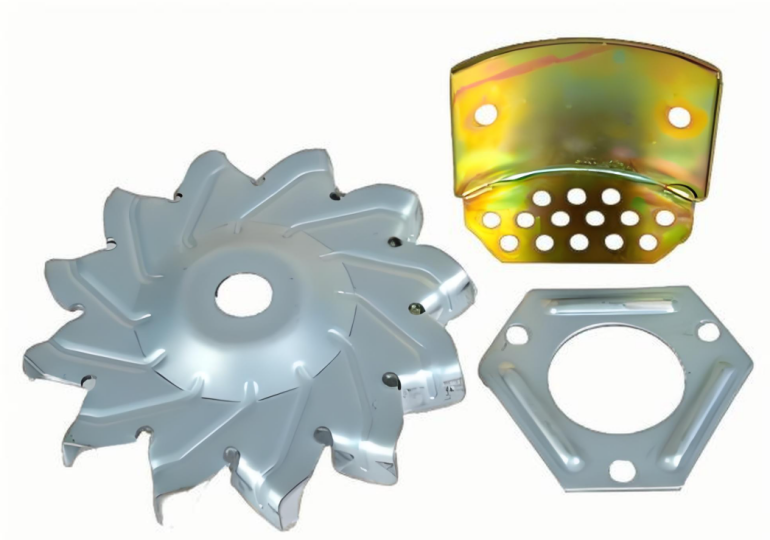

M10 Flange Nut: A Comprehensive GuideThis article provides a detailed overview of M10 flange nuts, covering their specifications, applications, materials, and selection criteria. Learn about different types of M10 flange nuts and where to find reliable suppliers.
The M10 flange nut is a common fastening component used in various industries. Understanding its specifications and applications is crucial for engineers, technicians, and anyone involved in assembly and manufacturing processes. This guide provides a comprehensive overview of M10 flange nuts, covering everything from their basic characteristics to considerations for selecting the right one for your application. We’ll explore different materials, types, and applications, ultimately helping you make informed decisions regarding your fastening needs.
Before delving into the specifics, let’s establish the fundamental meaning behind the designation M10 flange nut. The M10 refers to the metric thread size, specifically a 10 millimeter diameter. The flange signifies the presence of a flat, circular projection extending from the nut's body. This flange serves as a washer, providing a larger bearing surface and enhancing clamping pressure. Key specifications to consider include:
M10 flange nuts typically feature metric ISO coarse (6H) or fine (6g) threads. The thread pitch (distance between adjacent threads) varies depending on the thread type. Coarse threads are generally preferred for applications requiring quick assembly, while fine threads offer greater precision and resistance to vibration.
The material of the M10 flange nut significantly influences its strength, corrosion resistance, and overall performance. Common materials include:
Surface finishes impact the nut's durability and appearance. Common finishes include zinc plating (for corrosion protection), nickel plating (for improved corrosion resistance and appearance), and powder coating (for enhanced durability and aesthetic appeal).
M10 flange nuts are versatile fasteners used across various industries and applications. Some common examples include:
Choosing the appropriate M10 flange nut requires considering various factors, including the material, thread type, finish, and intended application. Selecting the incorrect nut can lead to premature failure, compromising the integrity of your assembly. Consult relevant standards and specifications to ensure compatibility.
For high-quality M10 flange nuts, consider sourcing them from reputable suppliers who adhere to stringent quality control standards. One such supplier is Hebei Dewell Metal Products Co., LTD, a leading provider of fasteners and other metal products. They offer a wide range of M10 flange nuts in various materials and finishes, ensuring you find the perfect fit for your needs.
Understanding the characteristics and applications of M10 flange nuts is essential for successful assembly and manufacturing processes. By considering the factors discussed above, you can select the appropriate fastener to ensure the reliability and longevity of your project. Remember to always choose reputable suppliers to guarantee product quality.

